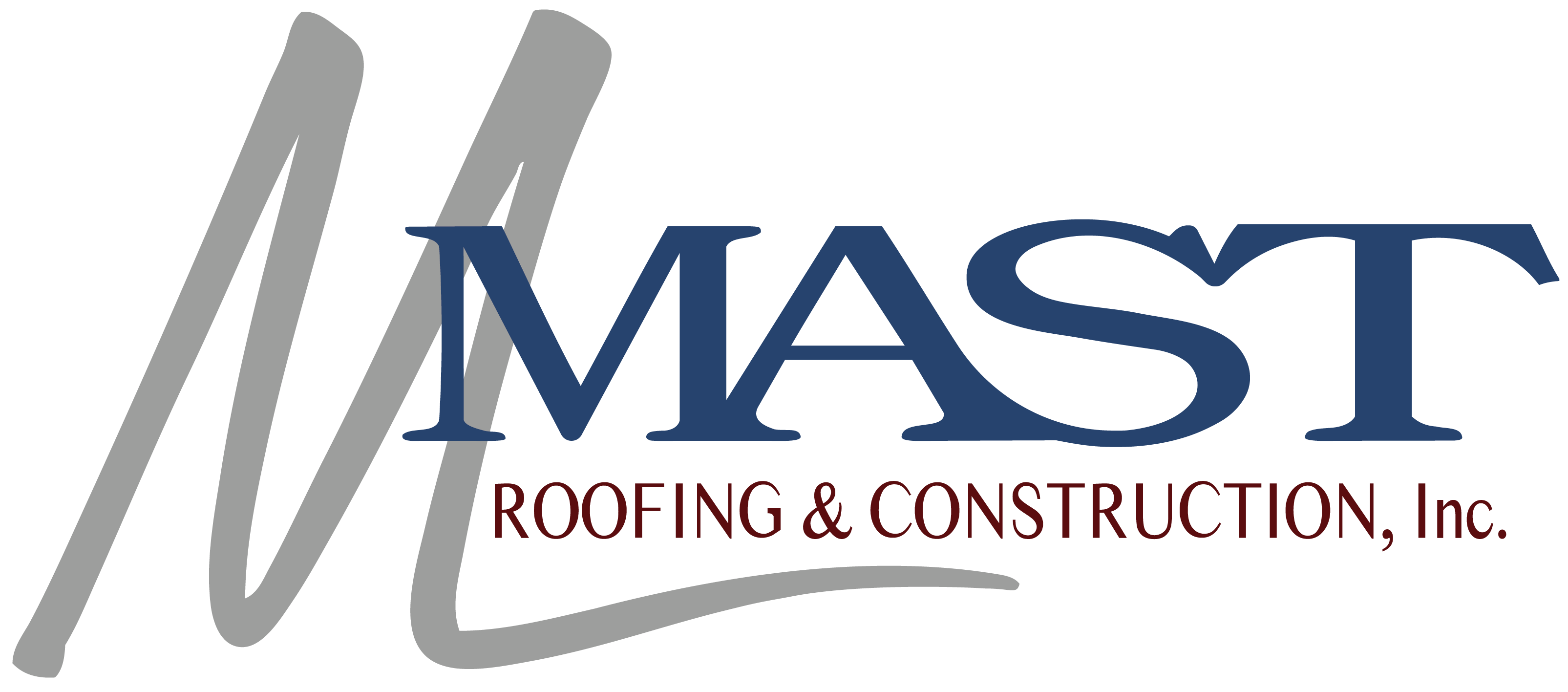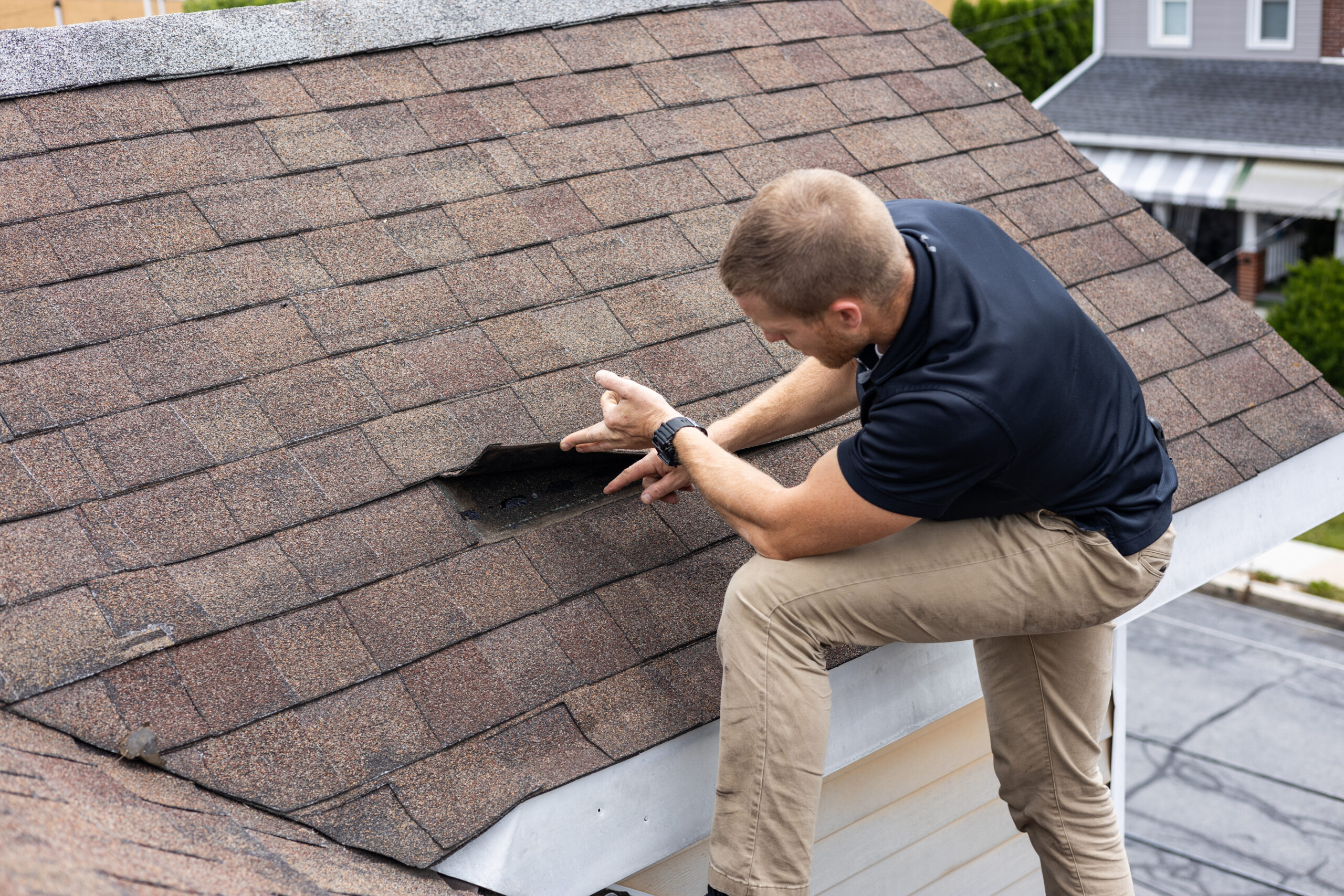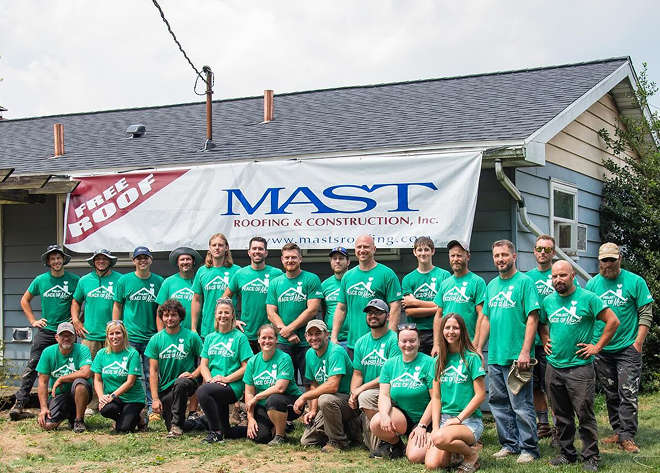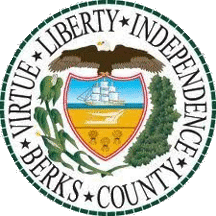Most people don’t give their roof a second thought… until water starts dripping into the living room. It’s one of those “out of sight, out of mind” parts of a home or property that only gets attention when something goes wrong.
The thing is, catching small shingle problems early can save you from turning a quick patch job into a full-blown, expensive repair.
Spotting problems early helps protect your property, reduces repair costs, and gives you peace of mind, especially as roof repair and full roof replacement costs in the U.S. have climbed. They reached nearly $31 billion in 2024, up about 30% from just two years earlier.
Your shingles are the first line of defense. United States homes and businesses face all sorts of weather, from summer storms to heavy ice. When roofing materials wear out or fail, the rest of the building can quickly become vulnerable.
Here are the main red flags you should never overlook:
- Curling or buckling shingles
- Broken or missing shingles
- Granule loss on shingles
- Staining, algae, or moss growth
- Interior leaks or water stains
- Sagging roof lines
- Noticeably rising energy bills
Let’s take a closer look at what each of these early signs means and why addressing them immediately can save you a lot of headaches.
Why Roof Shingle Warning Signs Matter
Roof shingles serve as a crucial shield against heavy rain, wind, hail, sun, and snow. In most regions of the United States, especially in areas like Pennsylvania, a well-kept shingle roof keeps moisture out during storms and heat out during summer peaks.
If even just a few shingles aren’t doing their job, you can soon find more serious problems, such as a leaky roof, water damage, and even mold.
A layer of high-quality roof shingles also boosts your building’s energy efficiency. Old or damaged shingles allow conditioned air to escape or outside air to seep in, forcing your heating and cooling systems to work harder. This means higher utility bills and less comfort indoors.
In general, keeping roofing materials in good shape is a proactive way to protect not just your structure, but your budget as well.
When homeowners and property managers address shingle issues early, they help prevent much larger repair jobs down the road. Replacing a handful of damaged shingles is a small investment compared to repairing waterlogged decking, insulation, or drywall.
If you spot any of the following signs, you need to act fast.
(1) Curling or Buckling Shingles
Accessing your roof may not be simple, but even from the ground, you can spot shingles that are curled upward, have edges lifted, or seem to buckle in the middle. This is often a warning sign that your roof is past the halfway mark of its useful life, or that there is a problem underneath the shingles.
Common Causes of Shingle Curling
Curling happens when shingles dry out, age, or are installed with poor ventilation underneath. It can also be a symptom of trapped moisture in your attic. Winter freeze-thaw cycles in Pennsylvania and other northern states put extra stress on roof surfaces. When the underside of the shingle cannot “breathe,” warping is all but certain to follow.
Impact on Water Intrusion
Curled or buckled shingles no longer provide a tight, even barrier. Rain and snow can slip underneath, leading to rot, roof leaks, and mold. If you notice more than a couple of curled shingles in one area, your best move is to act quickly. Delaying repairs could mean bigger bills and more extensive damage later.
(2) Missing, Broken, or Cracked Shingles
After a severe windstorm or heavy downpour, missing or snapped shingles are not uncommon. In fact, Insurify’s Homeowners Insurance Facts & Statistics (2025) reports that wind and hail are among the most common perils in homeowners’ claims, accounting for up to 40.7% of claims.
Bare patches on your roof leave the felt or underlayment exposed, which is not built to withstand the elements alone.
Risks for Residential and Commercial Roofs
Gaps in your shingle line are an invitation for water to seep into your building. On residential properties, this can mean stained ceilings or damaged personal property.
For commercial buildings, even a small leak in a damaged roof can disrupt daily operations or damage inventory and cause structural damage.
Detecting Missing Shingles
Sometimes you can spot missing or broken shingles from the ground. Look for uneven lines or dark patches. If your property has lots of tree cover or steep slopes, using a pair of binoculars can help you see the problem areas.
In some cases, shingles end up in the yard or gutter after storms, so regular post-storm checks can make a big difference.
(3) Granule Loss on Shingles
Most asphalt shingle roofs have a protective, gritty surface called granules. Over time, shingles naturally lose some granules to severe weather and normal aging.
However, when you see a lot of this grit in your gutters or downspouts, it is a sign your asphalt shingles may be nearing the end of their service life.
Signs of Granule Buildup in Gutters
During a routine cleaning, check your gutters for piles of shingle granules. In a typical roof’s early years, this is not a concern.
If your roof is more than ten or fifteen years old, large amounts of granules in the gutter could mean your shingles are losing their ability to protect your building.
Effects on UV Protection
Granules deflect sunlight, which keeps shingles from drying out and cracking under the sun’s rays. When too many granules wash away, shingles become brittle, break easily, and lose their ability to resist water.
If you see bare spots or streaks, it is time to get your roof inspected.
(4) Staining, Moss, or Algae Growth
It is not unusual for roofs in shaded or humid areas to show dark streaks or fuzzy, green patches. Stains, moss, or algae may look like a minor annoyance, but they can point to larger moisture and drainage problems.
Impact on Shingle Performance
Moss and algae trap moisture, which can speed up shingle decay and lift edges. Prolonged dampness weakens the roof’s ability to shed water and increases the risk of hidden leaks. These growths also make a roof look older than it is and can affect the value of your property, both residential and commercial.
Prevention and Maintenance Tips
Regularly clearing debris, trimming back overhanging branches, and cleaning moss or algae helps keep your shingles sound.
In regions with frequent rainfall or heavy tree cover, consider applying an approved moss-control treatment or installing zinc or copper strips at ridge lines to deter new growth.
(5) Interior Leaks or Water Stains
Sometimes, the first sign of a roof problem appears inside. Discolored spots on your ceilings or damp areas in the attic often trace back to shingle roof damage overhead.
Inspecting Attics and Ceilings
Make it a habit to check your attic after big storms, especially if you suspect the roof has taken a beating. Look for moisture, mold, or water stains.
Early spring, when snow melt is common in Pennsylvania and much of the northern United States, is a great time for close attic checks. On the main floors, watch for any new stains on ceilings or exterior walls; these can often show up days or weeks after an incident.
When to Seek Professional Help
If you spot moisture or stains and cannot pinpoint the source, or if the attic feels damp, it’s time to call in a roofing professional. Water intrusion can move along framing and electrical lines, so the leak’s source may not be directly above the stain.
Getting an expert evaluation is the safest way to know what action is needed before roof repairs become urgent or more expensive.
What to Do if You Spot Warning Signs or Damaged Shingles
Catching shingle damage early puts you in the driver’s seat. Once you see something concerning, there are a few key steps to minimize risk and save on repairs.
Schedule a Professional Roof Inspection
Reach out to a qualified roofing contractor to carry out a full inspection. Experts have the right equipment and know-how to assess the situation safely. Most will check not just the shingles, but the flashing, gutters, attic, and insulation for related problems.
This whole-picture approach is the best way to make sure you do not miss hidden trouble that could emerge later.
Repair Roof Damage Promptly
Timely fixes stop small issues from becoming big headaches. Whether it’s swapping out a few damaged shingles or addressing a leak before mold sets in, acting fast can significantly extend the expected lifespan of your roof and prevent further deterioration.
For commercial properties, immediate repairs prevent lost productivity and inventory damage. For homeowners, repairs help you avoid disruptions to daily life and keep your home cozy, dry, and secure.
Catch Small Shingle Problems Before You Need a New Roof
Peace of mind starts with catching small issues before (or right when) they escalate. It may not be top of mind every day, but your roof’s integrity is central to your home’s comfort, safety, and long-term value.
At Mast Roofing & Construction, we treat your home or business like our own. Our professionals deliver straightforward guidance, dependable service, and immediate fixes when you need them.
We’re proud to provide roofing and construction services throughout Berks County and the surrounding areas, including Blandon, Fleetwood, Reading, Pottstown, Allentown, and Boyertown.
Wherever you are in our community, our team is ready to help you protect your home or business with trusted expertise and regular maintenance.
Schedule your inspection today and let our team make sure your roof is ready for whatever tomorrow brings.



















